
No, not the Jeff Dunham character, but great trucks known as WALTERS. My quest was to view and photograph the WALTER SNOW PLOW collection of Jerald Johnson in Lapeer, NY, just west of Marathon.
First, a little history about the WALTER
------------------------------------------------------------------------------------
William Walter was a Swiss immigrant, and came to the U.S.A. in 1883 and established himself as a manufacturer of candy and confectionery machinery. He built himself a passenger car in 1898 and from 1904 to 1909 made high quality cars, at first in New York City and later at Trenton, N.J. Truck production began in 1909 a t the New York factory on West 66th Street, and in 1911 the first 4-wheel drive trucks appeared, which were to become the staple product of the company. Based on the French Latil and of similar appearance with radiator behind engine, they were made in sizes from 1 ½ to 7 tons. Conventional rear wheel drive and also front wheel drive trucks were also made, all with internal gear drive to the wheels. Engines were Walter's own make up to 1920, then mainly Waukesha during the 1920s. Gradually the rear-wheel-drive models were phased out, although a 15/25-ton rwd tractor with 5speed gearbox was made as late as 1924. By the mid-1920s Walters had assumed their characteristic appearance with engine projecting ahead of the front axle; in 1929 the first Walter Snow Fighter appeared, and this was a field in which the company later became well-known, as well as for highway maintenance work and carrying cement mixers. During the 1930's Walter supplied a number of fire engines to New York City. Articulated dump trucks were used in open-cast coal mining, and Walters were also seen in the logging industry. By 1940 there were six models, all with 4-wheel-drive, of 3 to 12 tons capacity. Engines were 6-cylinder units by Waukesha, Hercules and Cummins, the latter a diesel.
During World War II Walter supplied 4 X 4 artillery tractors with 672ci 6-cylinder Hercules engines to the U.S. Army, and also snow removal trucks with Waukesha engines to both U.S. and Canadian forces. After the war the 4-wheel-drive trucks were continued, and Walter entered a new field with the building of airfield crash tenders. These were developed in conjunction with the Federal Government, the Port of New York Authority and the National Fire Protection Association. Current production includes crash tenders with single and twin engines, refuse collection trucks and the familiar 4-wheel-drive trucks and snowplows.
-------------------------------------------------------------------------------------
Our drive from Horseheads took about 1 1/2 hours, and I am sorry to say that upon our arrival Jerald was not present, the house across the road completely empty.
I had found out about this collection through my friends over at HANK'S where we have been discussing these brutes in a forum. Here is a taste of what I found --



 This is just a small sampling of what I found. If you want to see more pictures, and read some more stuff about the WALTER, check out the post's on HANKS TRUCK PICTURE FORUM, the
This is just a small sampling of what I found. If you want to see more pictures, and read some more stuff about the WALTER, check out the post's on HANKS TRUCK PICTURE FORUM, theWALTER THREAD --- remember to check out the previous five pages!!!





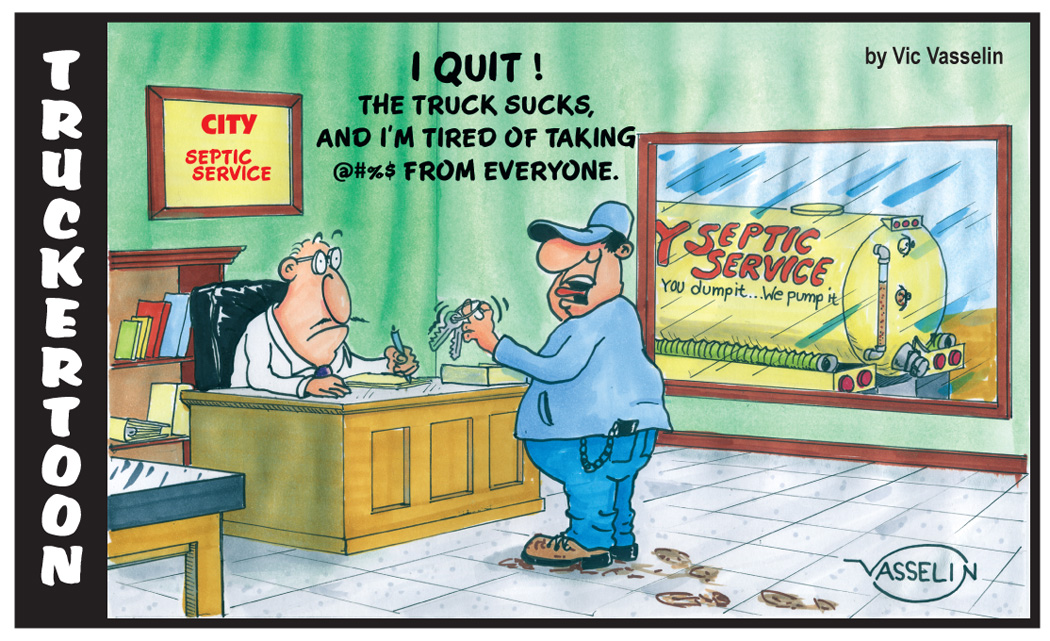












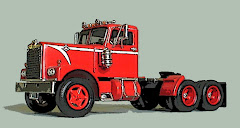

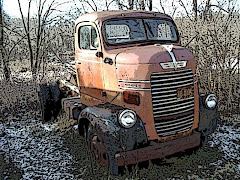








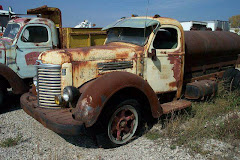




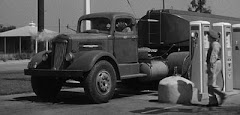











Hey, George: As we had about of foot of the white stuff hit my area over the weekend, I sure wish a few of those classic WALTERS could have hit the streets down here! Heck, if these old relics were part of my town's DPW fleet, heck, it could snow ALL YEAR for all I care!!!! Those are tuly HISTORIC old brutes!! GREAT pics, my friend!!
ReplyDeleteIn 1957, Walter Motor Truck Company had the best credit rating possible. Due to poor management, it went from the best to bankrupcy in 1980.. I love Walter..I worked for them and was so proud of the snow fighters.
ReplyDeleteI also worked for Walter from 1972 until 1980. The previous comment about bad management and bankruptcy in 1980 is correct. Contrary to popular information the real company did not continue after 1980 to be later sold. It’s a long story but the company was actually stolen by some former management members in 1980 in a complicated scheme to bankrupt the company and steal blueprints etc. and attempt to continue operations, but they too failed and later “sold” what was left. A sad end to a great company and product.
ReplyDelete